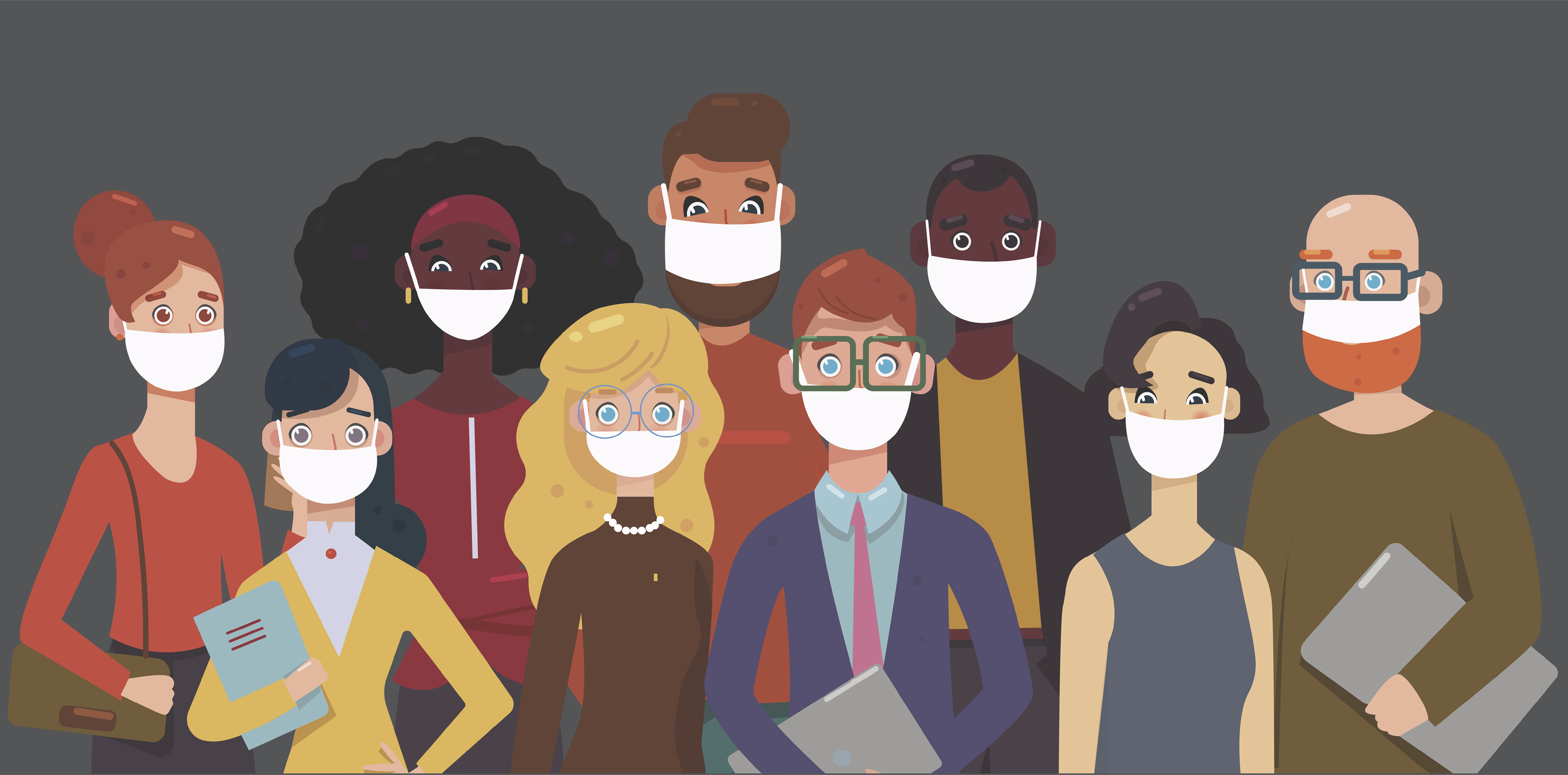
Face Masks: To Wear or Not To Wear
Surgical face masks are personal protective equipment (PPE) that can create a physical barrier between the immediate environment and the nose and mouth of the wearer. If worn properly, the mask can prevent airborne particles, droplets, spray, or splash that may contain pathogens (bacteria or virus) from entering the wearer’s nose or mouth.
Can Face Masks Render You COVID-Resistant?
While guidance on use of surgical masks has seen considerable shift since the onset of the COVID outbreak, there has been such widespread use and panic buying of this particular piece of protective gear that many countries around the globe have depleted their national stockpiles. As the COVID-19 outbreak continues to expand globally, healthcare systems across the world are facing an unprecedented shortage of face masks along with other personal protective equipment, such as gloves, respirators, and other critical supplies. Countries around the world are scrambling to meet the sudden surge in demand for facemasks and manufacturers are racing to ramp up production.
In the midst of all this panic, some health organizations state that the use of face masks outside clinical settings has no impact whatsoever on COVID-19 transmission.
What Does The World Health Organization Recommend?
At the outset of the COVID outbreak, the World Health Organization (WHO) advised healthy people to wear a mask only if they were taking care of a person with suspected COVID-19 infection. Further, the WHO also stated that masks are effective only when used in combination with frequent hand washing routines.
Recent studies, however, have shown that a significant number of people infected with the coronavirus are asymptomatic. Then there are also others who are pre-symptomatic (a stage prior to manifestation of symptoms). Both of these carriers—according to health experts—could serve as potential risk factors for what has now come to be known as “silent transmission.” New research also suggests that the momentum with which droplets are projected into the air when an infected person exhales, sneezes, or coughs is much higher than what was thought earlier questioning the whole idea of the current concept of safety at 1–2 meters.
In light of this new evidence, there are reports that the WHO may be reassessing their advice on face masks. If there is enough evidence to support the new theory, there may well be a shift in the WHO advice on face masks.
Surgical Mask vs. Surgical N95 Respirator
They are similar in that both serve as personal protective equipment to keep away airborne particles and droplets carrying pathogens. Respirators are single-use, disposable devices commonly used in healthcare settings. Whereas surgical masks are less efficient—as they are not designed for a close fit—the N95 respirator has a snug fit and a high particulate filtration efficiency. Some models also come with exhalation valves designed to reduce heat build-up and allow easy, comfortable breathing.
Cloth Face Coverings
The Center for Disease Control (CDC) recommends the use of cloth face coverings to help slow the spread of COVID-19. This is particularly helpful in public places such as grocery stores or pharmacies where it may be difficult to adhere to social distancing measures. Besides serving as a voluntary public health measure to reduce exposure to the virus in areas with significant community transmission, homemade cloth masks also help to ensure surgical mask supplies are reserved for frontline workers.
The good thing about cloth face coverings is that they are low cost and can be easily put together from common household materials, such old T-shirts, bandanas, coffee filters, and rubber bands. They can be either sewn or made using a no-sew design. They can also be hand-laundered with soap (or machine-washed) and reused.
Wearing Face Masks or Cloth Face Coverings
- Make sure they fit snugly against the sides of the face.
- Wear them in a community setting even in the absence of symptoms.
- Practice social distancing; sneezing/ coughing etiquette; and hand hygiene routine in addition to wearing a mask. The “mask” is not a substitute for these.
- Young children (under 2 years); those incapacitated; or with respiratory problems or chronic illnesses should not wear masks without supervision.
- Remove mask holding the ear strap and do not touch the mask’s exterior.
- Follow hand-washing etiquette before and after removing mask.
- To discard used surgical masks, bag it, trash it, and follow the hand wash routine.
